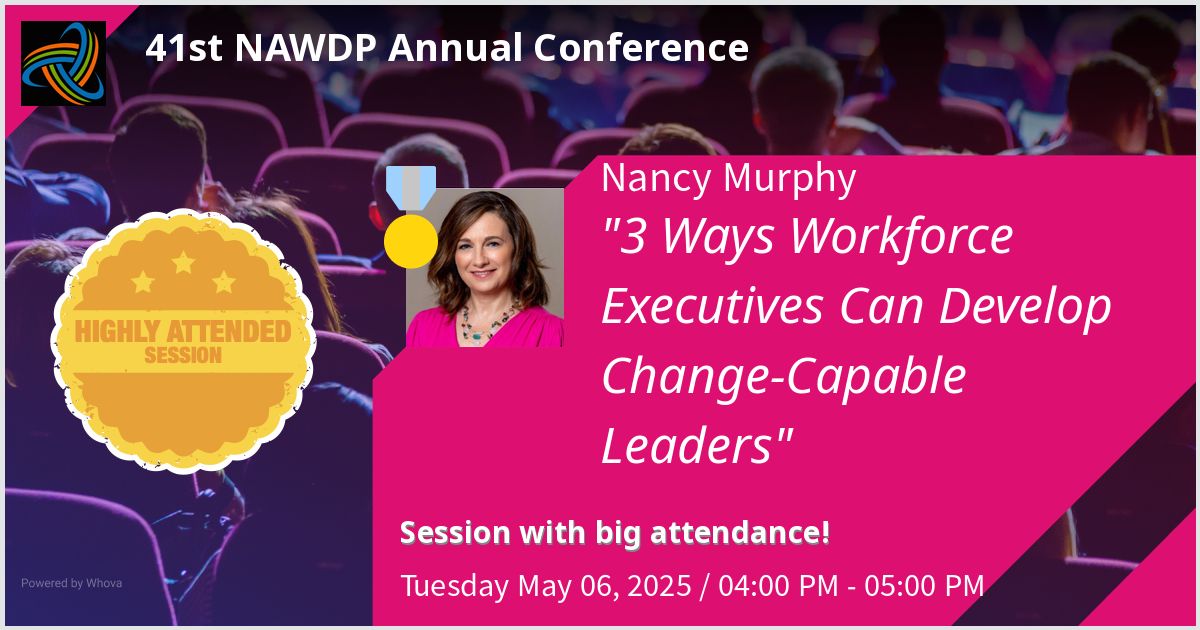
Leader. Groundbreaking innovator. Disruptor. High performer.
Quick, don’t filter yourself or pause – what images or people come to mind when you see these words?
Thanks to my summer reading list, it’s hard for me right now to come up with names other than Elon Musk, Steve Jobs, Jeff Bezos, Richard Branson, Bill Gates, Martin Luther King, Jr., Michael Jordan and LeBron James.
And to me, that’s a problem.
I tend to read lots of nonfiction books. Recently, I was absorbed in about seven books — yes, you read that right – SEVEN – on leadership, mastery, high-performance, innovation and big, bold change. I also was listening to three or four podcasts a week and watching a daily short video lesson. The more I read, listened and watched, the less confident I felt about my abilities to apply what I was learning or become anything like the people highlighted as examples of leaders, high-performers or innovators. Then it hit me. I was seeing and hearing the same names over and over. Names of almost all men and almost all of them white. Oh, one video mentioned Mother Theresa.
Twenty years ago, while leading a national initiative on volunteerism for The UPS Foundation I had the opportunity to work with 100 Black Men of America. Their motto at the time was “If they can see it, they can be it.” (Looking at their website now, I see they commissioned a song in 2002, “What They See is What They’ll Be,” and it remains the organization’s theme song.) And a big part of their work is to highlight the diverse roles, careers and lives of African-Americans – to show youth they have many paths to success.
And if we can’t see it, it’s really hard to be it.
A few years ago, my reading/podcast list focused on unconscious bias. A key lesson from my reading is how millions of images, messages and experiences over time imprint on our brains to create hidden biases around gender, race, class, weight, age, etc. So the first image to pop into our heads when we hear “president” is likely an older, white male.
We can change these hidden biases by changing the images and experiences. That’s why I now pay really close attention to what images and messages get imprinted on my brain. And why I’m on a mission to help change them.
I bet some (I hope only a few!) of you are thinking, well, there just aren’t any women who rise to the same level as the men mentioned above.
Bull.
First, I challenge the criteria and definitions we use for some of these terms that then lead us to these men as the best examples. Let’s have a conversation about what constitutes “success” in business or what leadership means.
Second, let’s not be so lazy. It’s easier to just use the same handful of people we see everyone else use as examples than to invest time thinking creatively or doing a tiny bit of digging for a less common choice.
Third, I don’t buy the excuse that saying, “Steve Jobs,” is a shortcut to help people understand the concept of “disruptor” because “everyone knows him and what he accomplished.” That might be true. And using the shortcut just reinforces the unconscious bias. It’s worth taking an extra paragraph to explain why Madam CJ Walker also fits that bill – thus giving people a new or different frame of reference for “disruptor.”
Who else is an example of high performer, innovator or disruptor, leader? If we put in a little effort to highlight more diverse examples, we’ll help more people see themselves in these roles. And that’s a good thing for all of us.



